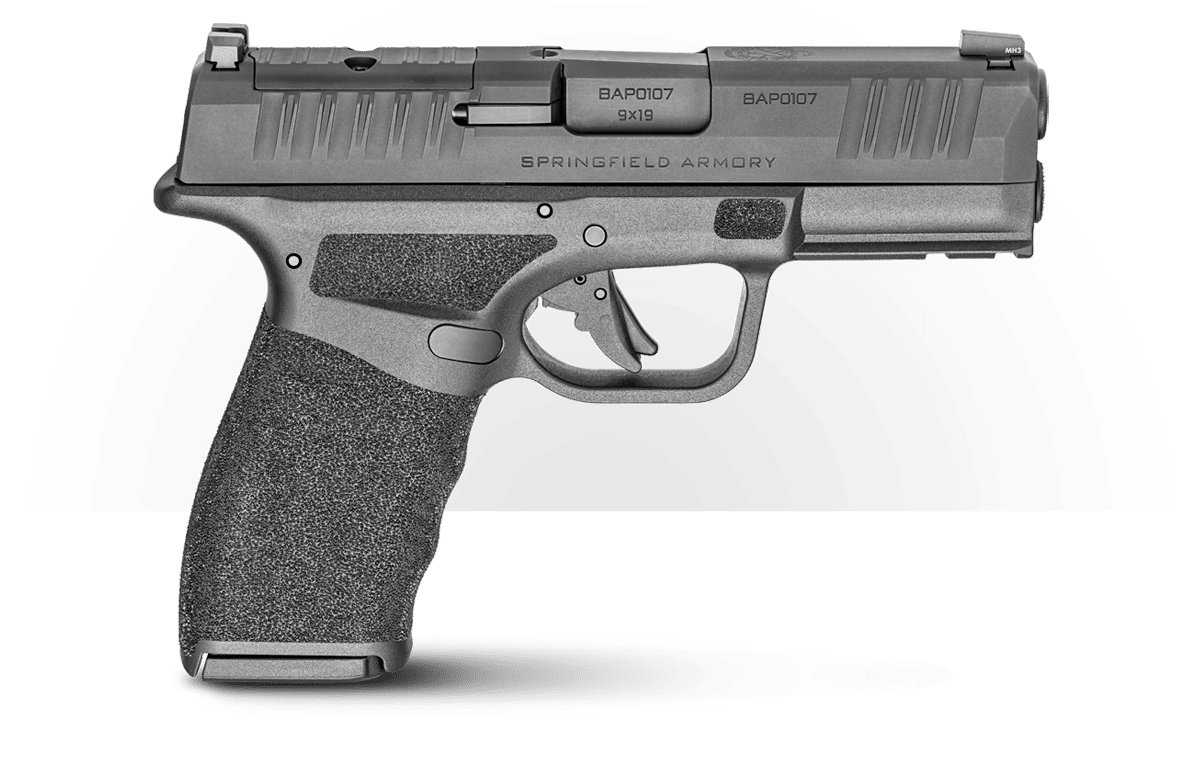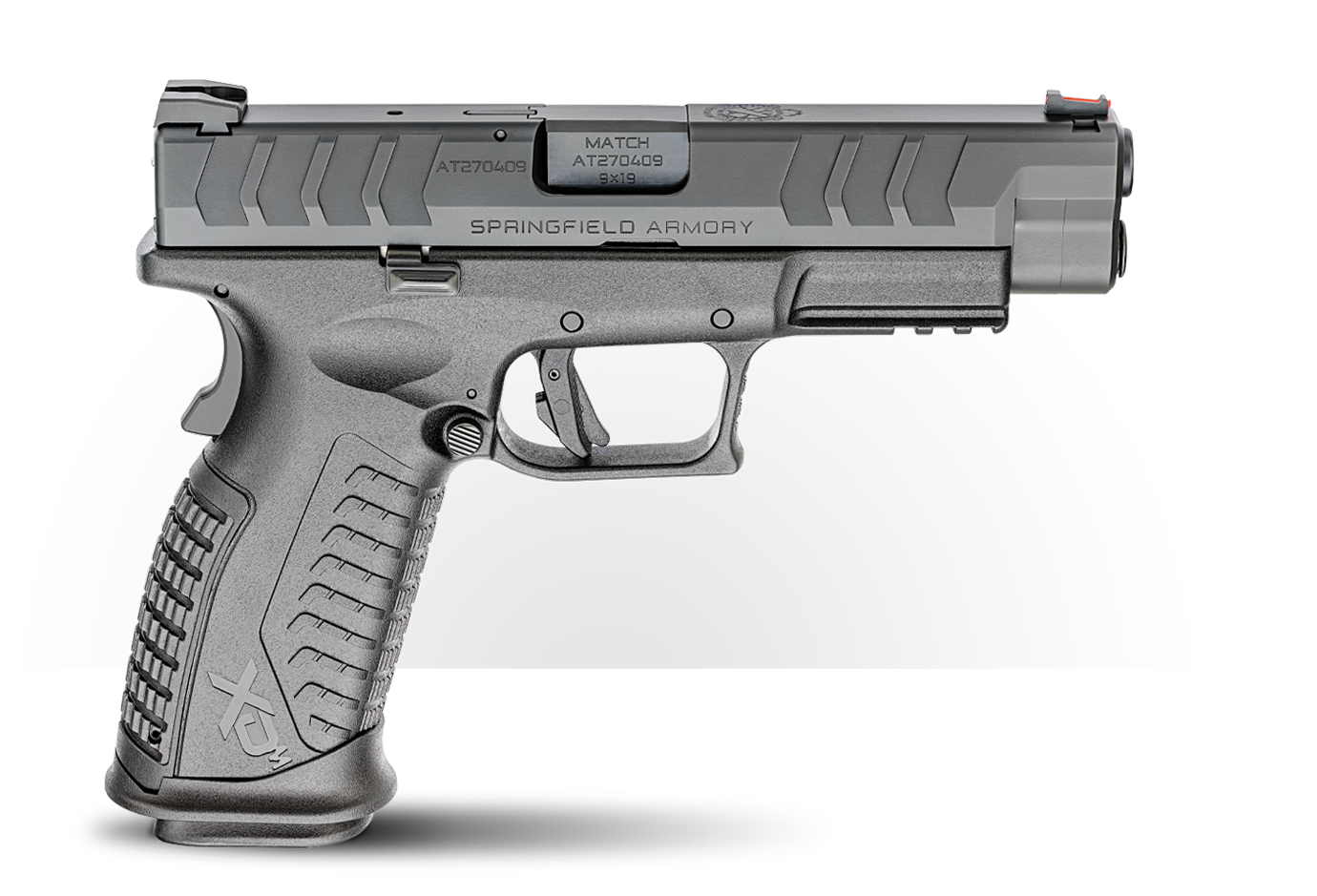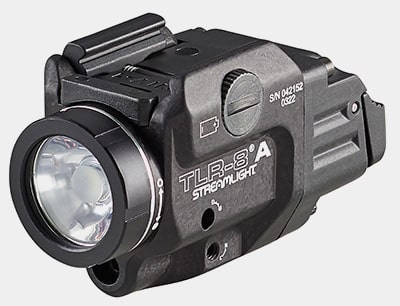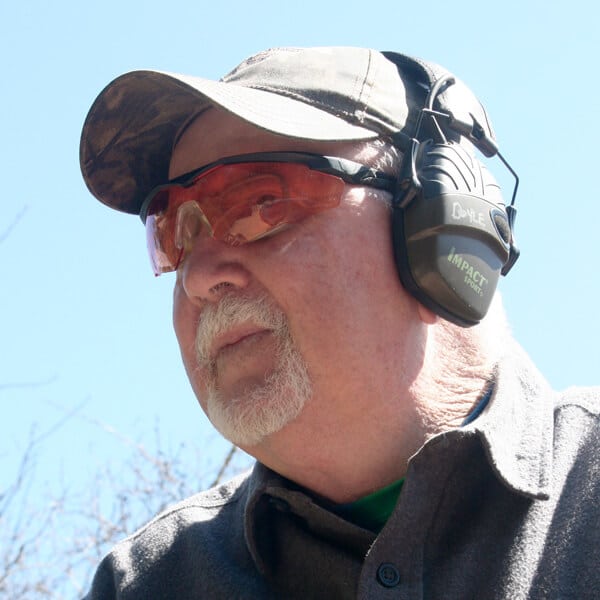Red Dots, Lights & Lasers: CCW Necessities, or Total Hype?
August 10th, 2023
6 minute read
The liberalization of concealed carry laws throughout the U.S. has had a profound effect on the evolution of handguns, ammunition, holsters and related gear. Clearly, when it comes to hardware suitable for personal defense, we are in the age of innovation.
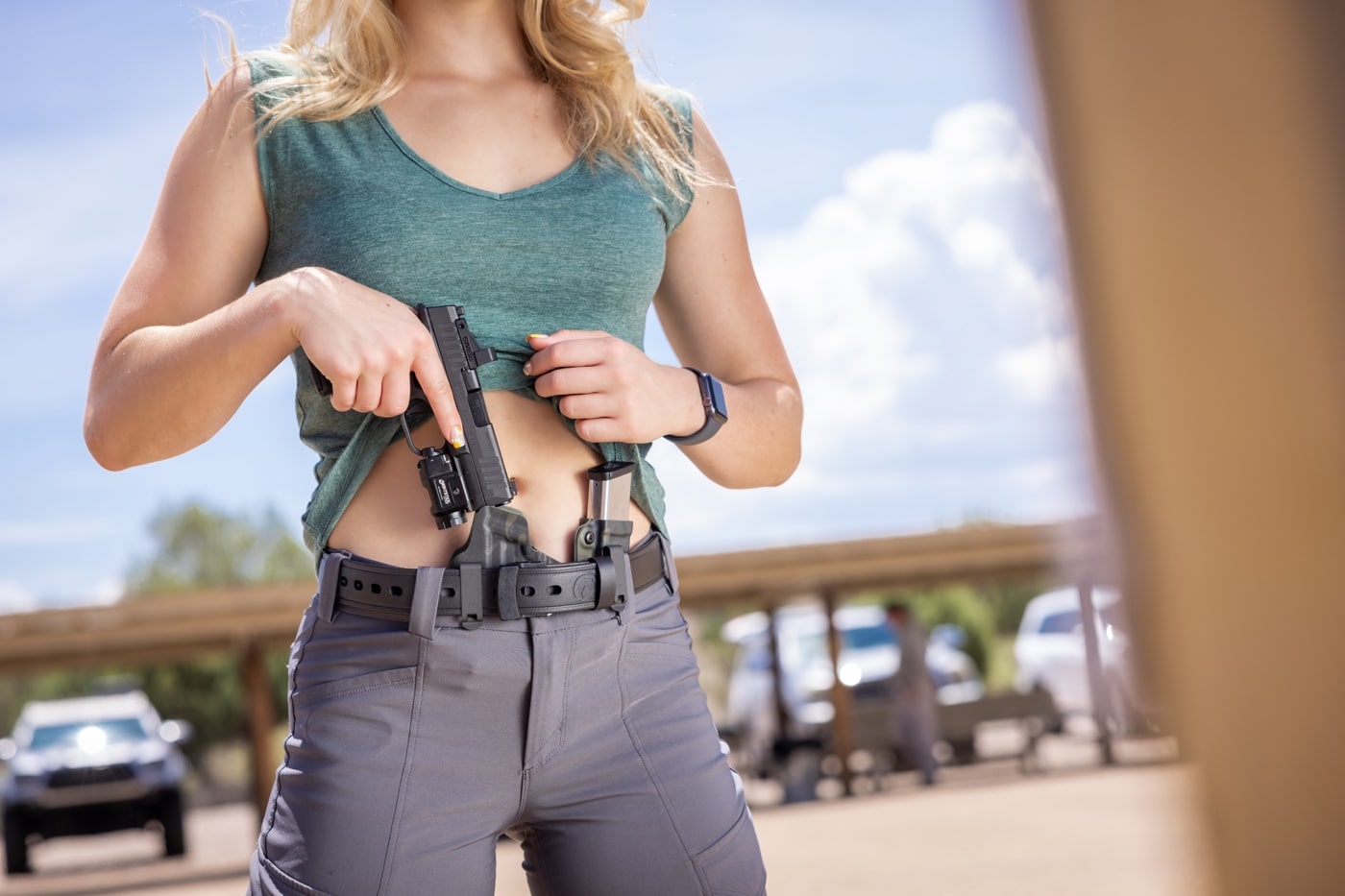
Small lightweight pistols with twice the magazine capacity of the service-size sidearms of old are now available from multiple manufacturers. In a few short years, miniature red dot sights (MRDS) have gone from exotic to mainstream, and it is hardly unusual to see them on smaller handguns carried for personal defense.
Another new dimension is the small illuminators which can be affixed to just about all popular pistols one might discreetly carry on their person. And with a little effort, the wise shopper will not have much trouble at all finding a variety of different holsters to carry that pistol with all those bells and whistles attached.
When it comes to innovation, I try to keep an open mind. While I can appreciate the advantages new technology might bring to the table, exactly what does it offer in the unforgiving real world? Does this new technology offer a viable advantage over what came before, or are we just jumping on the technological bandwagon to be one of the cool kids? When it comes to personal defense, there can be absolutely no question in my mind that my gear is up to the task and that I have trained to a level of confidence to exploit all its advantages.
Technology Marches On
Today, some of the most popular handguns for personal defense are the striker-fired, polymer-framed pistols ranging from micro-size up to full-size models. Any questions about reliability and durability were settled long ago, and once you consider what they bring to the table, it’s easy to understand why they dominate the market.
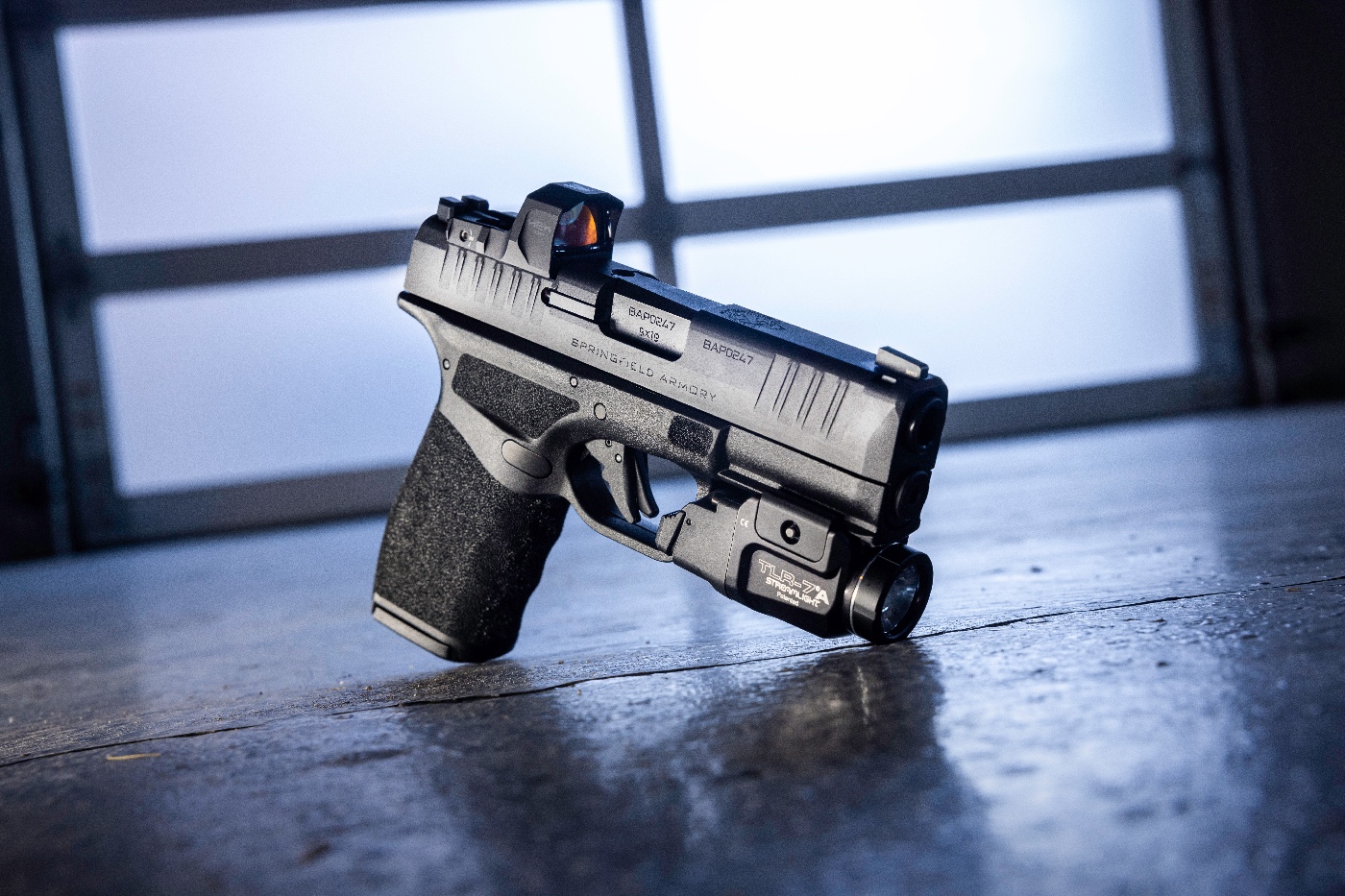
This breed of pistol is lightweight, has sufficient ammunition capacity for almost any emergency and a user-friendly trigger action. Many users still favor traditional double-action pistols, single actions such as the 1911, and even snub revolvers, but striker-fired pistols now dominate.
Back in the late 90’s, manufacturers began offering pistols with an integral rail for mounting a white light or laser aimer. Light technology has also improved, and weapon-mounted lights (WMLs) have become brighter and smaller making them very practical for smaller guns and everyday carry. I have been using a Streamlight TLR-8 on one of my carry pistols for a couple of years now, and concealing this package isn’t especially difficult as long as I pay attention to the details.
[Be sure to read Don’t Make These Weaponlights Mistakes!]
Over the last several years, I have noted more and more handguns with red dot sights in the hands of my students. It was clear to me that as an instructor if I wished to remain relevant, I would have to get with the program. I attended a red dot sight instructor class and purchased a couple of pistols so equipped and got busy. For a guy who cut his teeth on irons many years ago, red dot sights proved to be a steep hill to climb. I have worked diligently trying to keep up with the red dot revolution and my performance is significantly better than when I started out and is still improving.
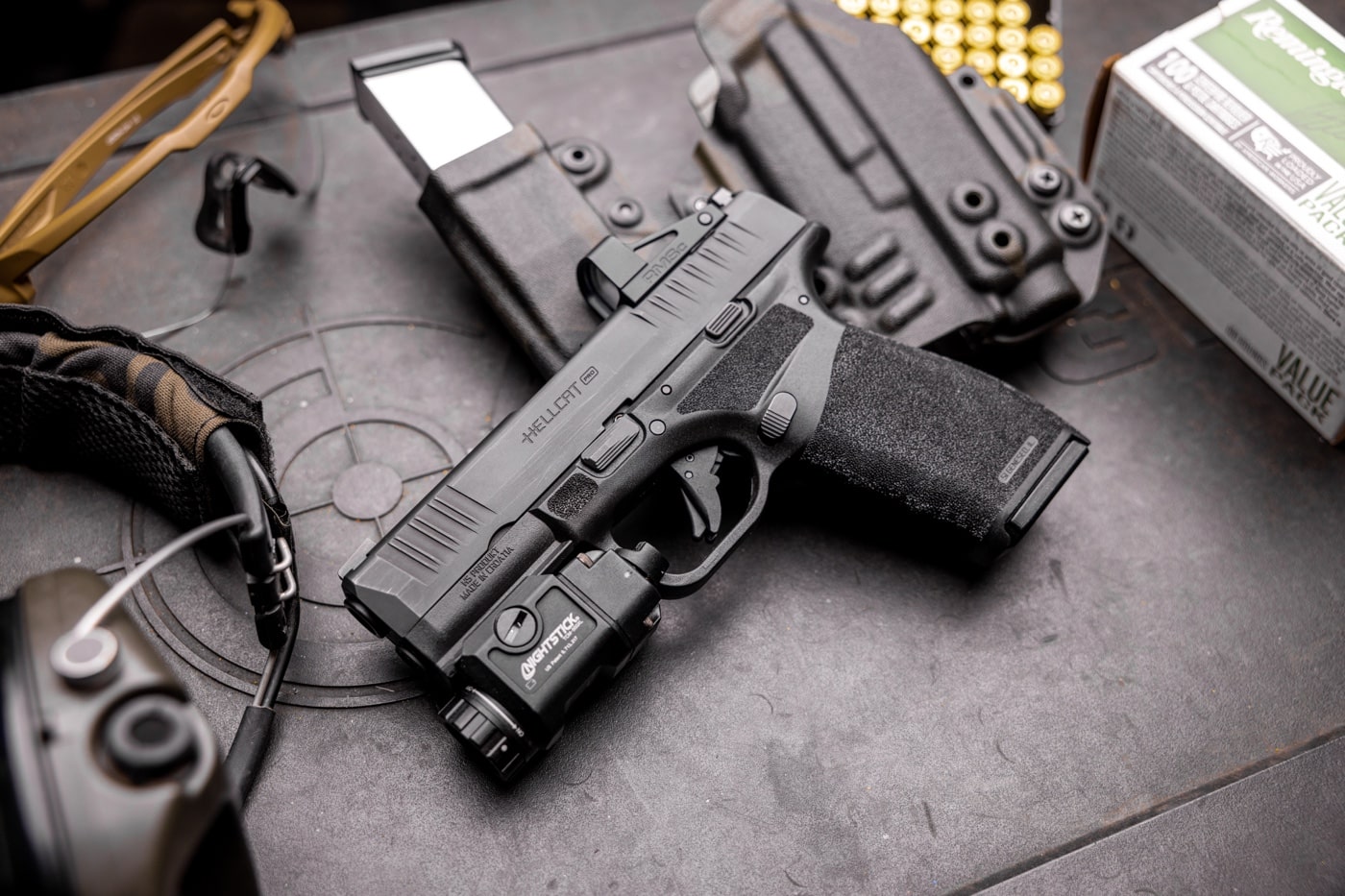
Having a light source that instantly lines up with the muzzle of your pistol, plus a highly visible red dot, can be a huge advantage should things get ugly. But do we really need all this stuff to succeed? Let’s look at typical real-world problems and see if we can find an answer.
The Right Gear
Interpersonal conflict involving firearms hasn’t changed very much since the 19th century when cap and ball revolvers ruled. A quick analysis of real-world incidents continues to illustrate the following. The range is likely to be very short, the action is very quick, and light conditions are usually less than ideal. Involved parties are often moving, and typically, only a handful of shots are fired. So precisely what do you need to come out on top?
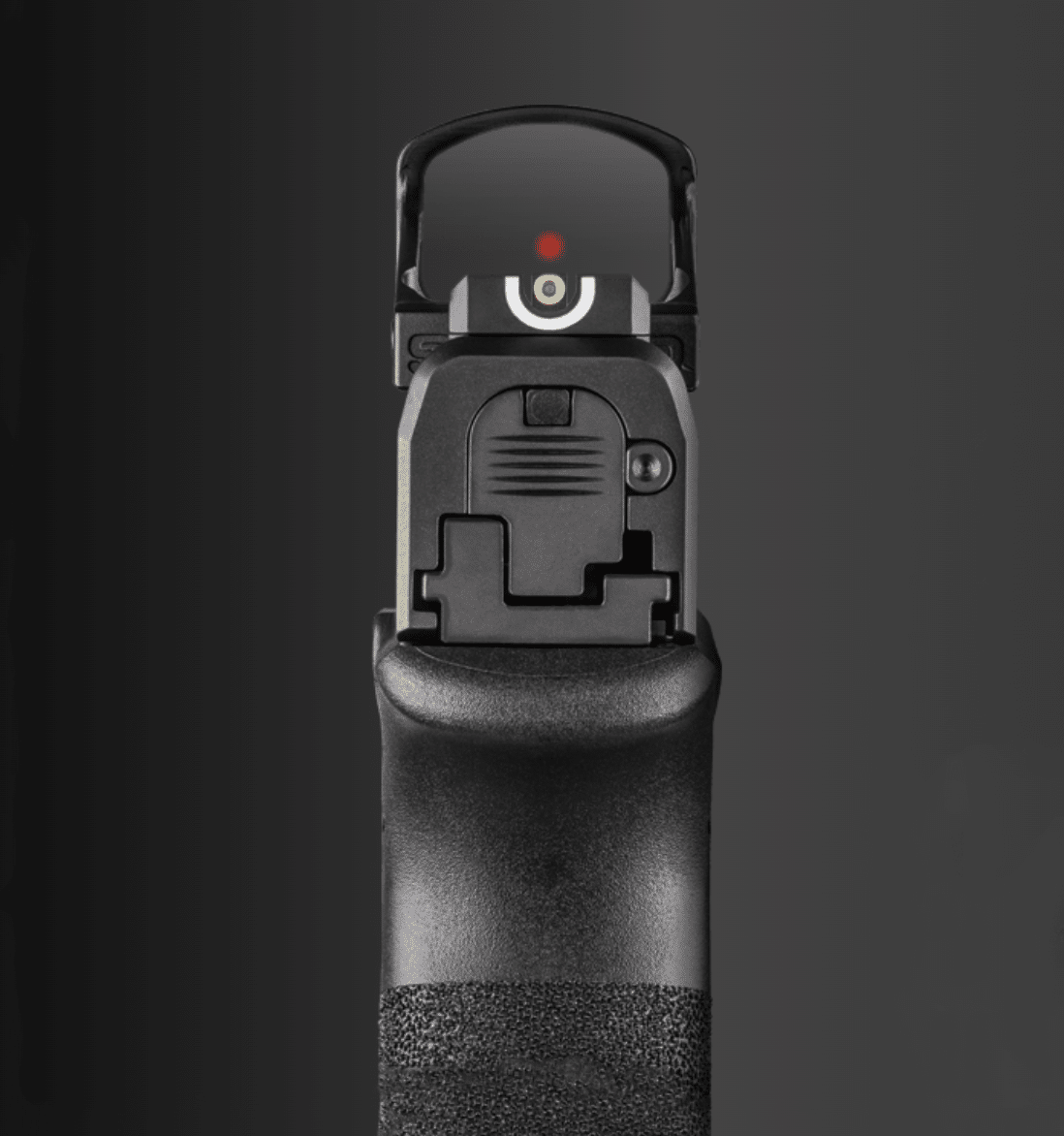
First, let’s consider the firearm. I have long subscribed to the Goldilocks principle of not too big, not too small, but just right. For me, that works out to be a compact-size pistol that I can get a proper firing grip and still effectively conceal. My lifestyle and casual attire give me a great deal of latitude in this area, but you may not be so fortunate. Smaller guns are harder to shoot to a high standard, but sometimes we must compromise to get in under the radar. Needless to say, my pistol has to be 100% reliable.
For personal defense, I am not especially troubled by capacity. Of my pet carry guns, two are single stacks with magazine capacities of nine and 10 rounds. I regularly run and carry a pistol that sports a 15-round magazine, identical to the one the officers on my job utilize. While I have no heartburn with pistols with higher-capacity magazines, the single stacks are simply easier for me to hide. No matter what the capacity of my pistol, I always carry a spare magazine or two.
Handguns carried for personal defense need to be absolutely reliable, have a decent trigger action, and need sights you can see in a hurry. You probably wouldn’t categorize the trigger action on today’s crop of striker-fired pistols as match grade, but they are generally suitable for the task at hand. If you want to go the extra yard and clean that trigger up, there are many different remedies out there for the taking that will not compromise the reliability of your pistol. That brings us up to the sights.
One of the first things I noticed when getting my feet wet with red dot sights, is that targets in the distance were easier to hit. I still do okay with irons, but Father Time has caught up with me and that front sight isn’t as sharp as it once was. But what does that mean in a typical street confrontation? In my experience, red dots really hold an advantage at 15 yards and beyond.
Consider the vast majority of situations where pistols are utilized well inside 7 yards. At closer distances, I initially felt the red dot held me back, but I’m doing better now. Do I find it holds any advantage for me over a bold set of iron sights or even a laser aimer at typical combat distance? Not really. However, shooters who cut their teeth shooting a red dot sight system might enjoy better success. Even at very close range, sights are important as you may only have a piece of a target to shoot at. You need to find out what works best for you.
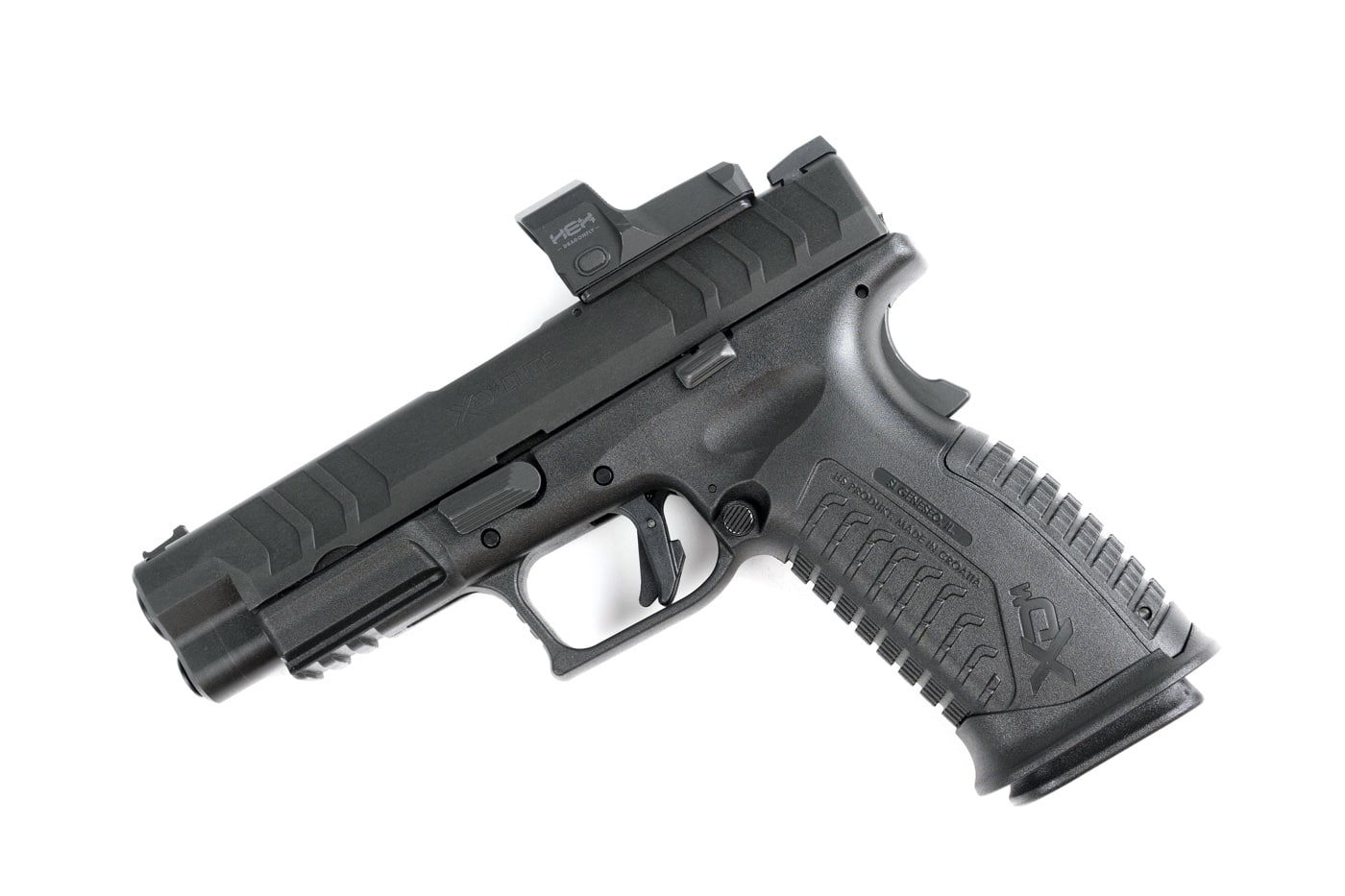
Considering that many events unfold in poor light, having an illumination source at your disposal makes sense. The pistol I use on my job is equipped with a weapon-mounted light; however, my other carry guns are not. I do believe that if you choose to go armed, you need to have a light readily available. For me, that is a small hand-held flashlight clipped to the support side front pocket.
Will I really use it in a gunfight? Probably not, but a flashlight is still an indispensable tool. At a typical combat distance, threat identification may not be an issue, even in a low-light setting. But a small flashlight can fill several other roles in addition to using it as a shooting aid, and I continue to carry one.
Final Thoughts
Ultimately, the choice is yours as to how far you want to ride the gear train. There are indeed holsters that will accommodate everything from a small micro-size pistol to a full-size service pistol with lights and a red dot. If that’s the path you choose, by all means, have at it. For the most part, I remain a “naked” gun guy with everyday carry pistols.
But we need to keep an open mind and who knows, I might flip tomorrow. There are lots of variables we need to consider and give some serious thought as to what exactly may help your cause.
Editor’s Note: Be sure to check out The Armory Life Forum, where you can comment about our daily articles, as well as just talk guns and gear. Click the “Go To Forum Thread” link below to jump in!
Join the Discussion
Featured in this article
Continue Reading
Did you enjoy this article?

 285
285




